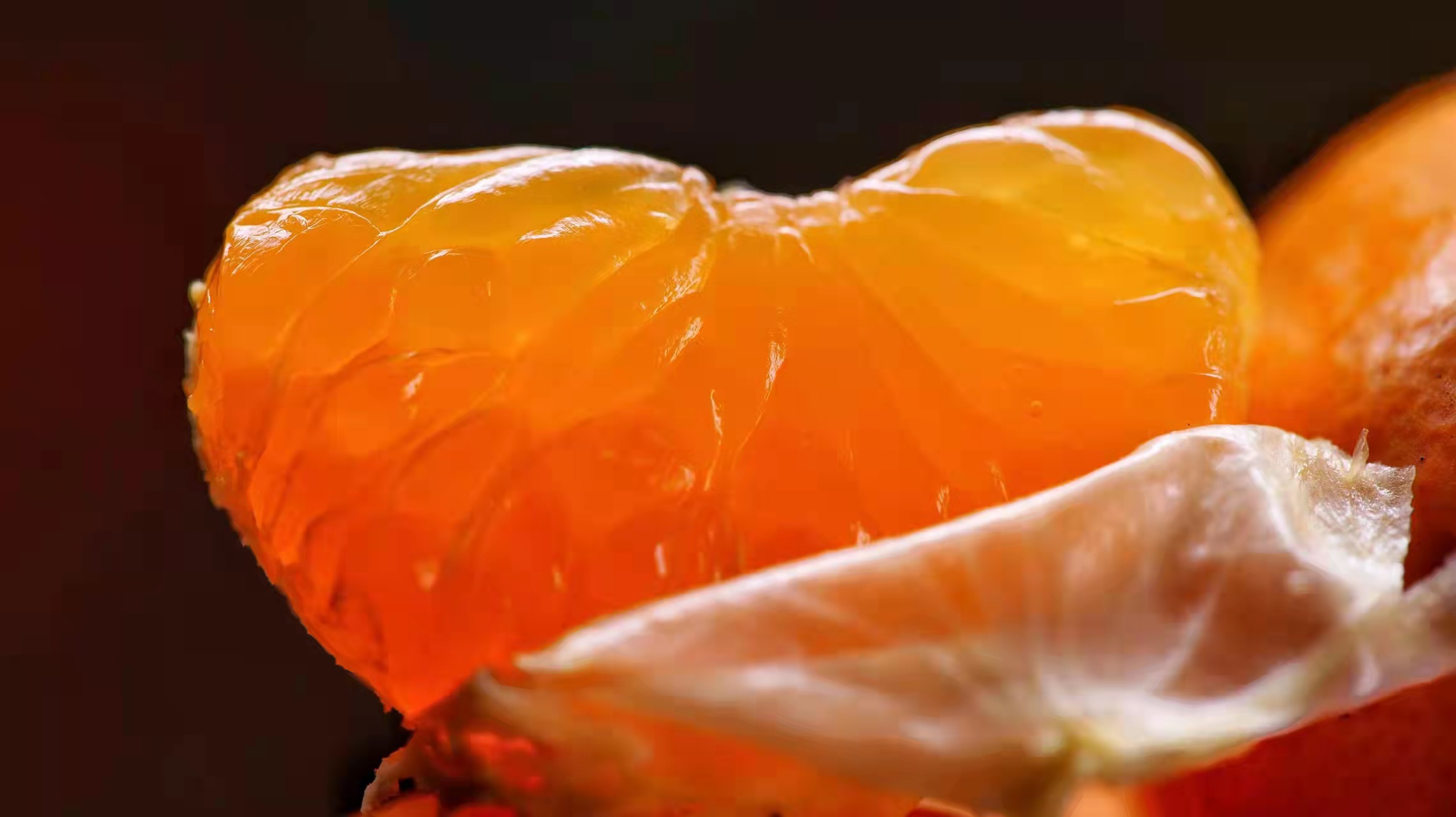Insert (prepare) before preparation 1. Daejeong Site Preparation: It is required to be “rotten, flat, and cleanâ€. When inserting (throwing), the field should not leave deep water layer, especially throwing hoe. It is better to leave no water layer in the field. It is appropriate. Under conditions, daily night irrigation may be used to reduce the temperature of the field and prevent the water temperature from burning the seedlings. 2. Application of basal fertilizer: Late rice fertilization is different from early rice. Due to the high to low temperature during the growth of late rice, the decomposition of nutrients in the field is from fast to slow. Therefore, the total amount of fertilized fertilizer should be 10-11 kilograms per acre of pure nitrogen, and the ratio of NPK should be 1: 0.5:0.8, increase the amount of potassium fertilizer, fertilization method, the early reduction, increase in the later period, base fertilizer can be used per acre 25 kg of ammonium bicarbonate or 10 kg of urea, 25 kg of superphosphate, 5-7.5 kg of potassium chloride, mixed evenly Shi. 3. Reasonably arrange the insertion (throwing) phase: the floppy disk reaches 4-5 leaves, and the seedlings 15-18 centimeters is the best throwing period. When throwing a plant, three bad weathers, “strong wind, heavy rain, and big day†should be avoided. It is advisable to throw crickets in the evening on a sunny day, and strive to throw evenly and keep a good operation ditch. 4. Appropriate “Feeding Fertilizer†and “Send Marriage Drugsâ€: Apply 5 kg of urea per hectare in paddy fields per acre for 4-5 days before picking out to send the marrying manure, and spray and send the herbs, using 5% borer mold per acre. 150ml, tricyclazole 100g, double insecticide 200g water 50kg spray, so with medicine Shimoda. Reasonable dense planting The suitable basic seedlings for hybrid late rice should be determined according to the variety, transplanting stage, soil fertility, and fertilization level. Generally, the tillering ability is weak, the vegetative growth period is short, or the soil with low soil leanness and fertility level should be planted densely. Spikes and low-junction tillers to produce high-yielding tiller, strong tillering ability, long vegetative growth period, soil fertilizer, and high fertilization level fields should be planted thin. High fertility paddy fields, mu inserting (throwing) 1.2-1.4 million bushes, rice fields below medium fertility, mu insert (throw) 1.4-1.5 million bushes. Improve the quality of planting. First of all, it should be noted that generally do not insert super-age 秧, over-age 秧 秧 秧 秧 秧 秧 秧 秧 秧 秧 秧 秧 秧 秧 å·² å·² å·² å·² å·² å·² 。 。 。 。 。 。 。 。 。 。 。 。 。 。 。. Second, try not to insert every night, that is, pulling up the first day, transplanting the next day. Because of the high temperature during late-season rice transplanting, it is easy to make nutrient consumption in the seedlings more, root activity weakens, and it is not easy to grow roots after planting. Thirdly, with proper shallow interpolation, the low spike formation rate of hybrid rice is high, and it should actively strive for its early-onset and rapid-onset. If the deep insertion will increase the tillering node of the rice and weaken the ability to deliver, it is not conducive to becoming a panicle. Integrated pest management. Chemical weeding should be carried out in conjunction with transplanting nets and other fertilizers. The locusts and rice planthoppers adopt the control principle of one control and two preventions, and use high-efficiency and low-toxicity pesticides for prevention and control. Due to the large population in the field, sheath blight is prone to breeding, and production needs to be controlled 3-4 times. Rice blast should strengthen field inspections to prevent the disease. Once discovered, it should be extinguished immediately and tricyclazole and other agents should be used. According to pest information, do preventive work to ensure a steady harvest.
Canned Mandarin Oranges with No Sugar Added is a popular formulation in recent years. As people pay more and more attention on health, more and more customers chose Canned Mandarin Oranges in Sucralose.
Canned Mandarin Oranges NSA are processed with Satsuma variety orange, it is a special variety in China and famous for its thin peel, seedless and good taste.
Every piece of fresh mandarin orange is selected and pesticides & heavy metal residual tested. During the period of planting, we provide pesticides for farmers. And professional staffs of the company will gudie farmers on how to use and spray pesticides scientifically. After usage, the rest pesticdes and pesticdes containers will be stored and disposed correctly.
Canned Mandarin Orange in Splenda is shelf stable, store it in a cool place. With processed Canned Mandarin Orange, you can enjoy good taste of fresh fruits at anytime and anywhere. Canned Mandarin Orange No Sugar Added, Canned Mandarin Orange in Splenda, Canned Mandarin Oranges in Sucralose, Mandarin Oranges with No Sugar Added, Mandarin Oranges without Added Sugar ZHEJIANG FOMDAS FOODS CO., LTD. , https://www.fomdasfoods.com

Late rice transplanting technology essentials
Next Article
Autumn crop disease and pest control technology
Prev Article
Winter eating mutton tonic taboo